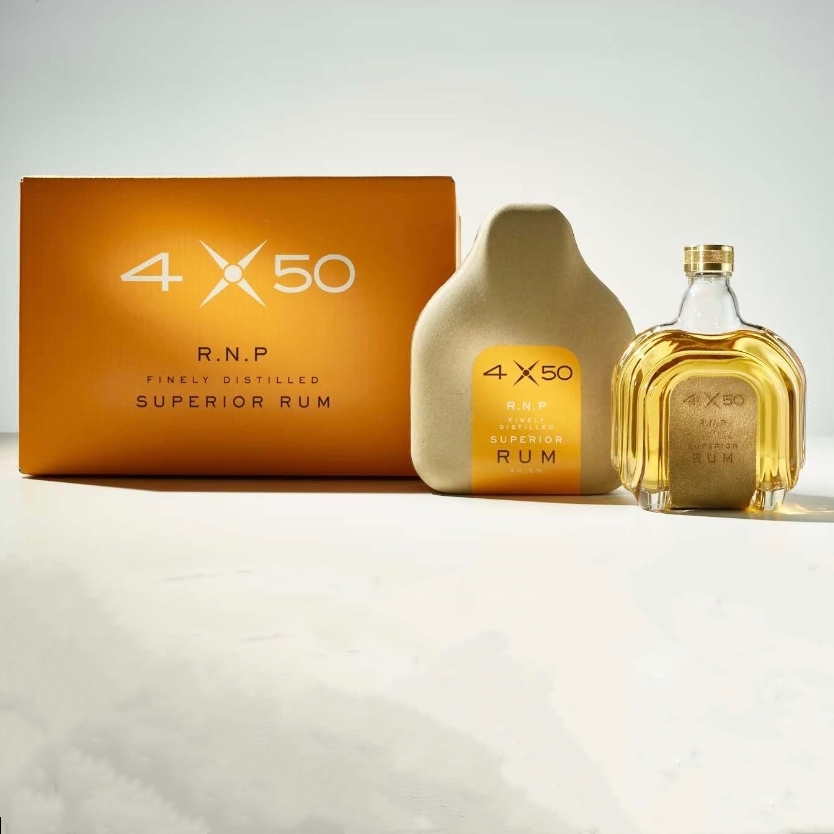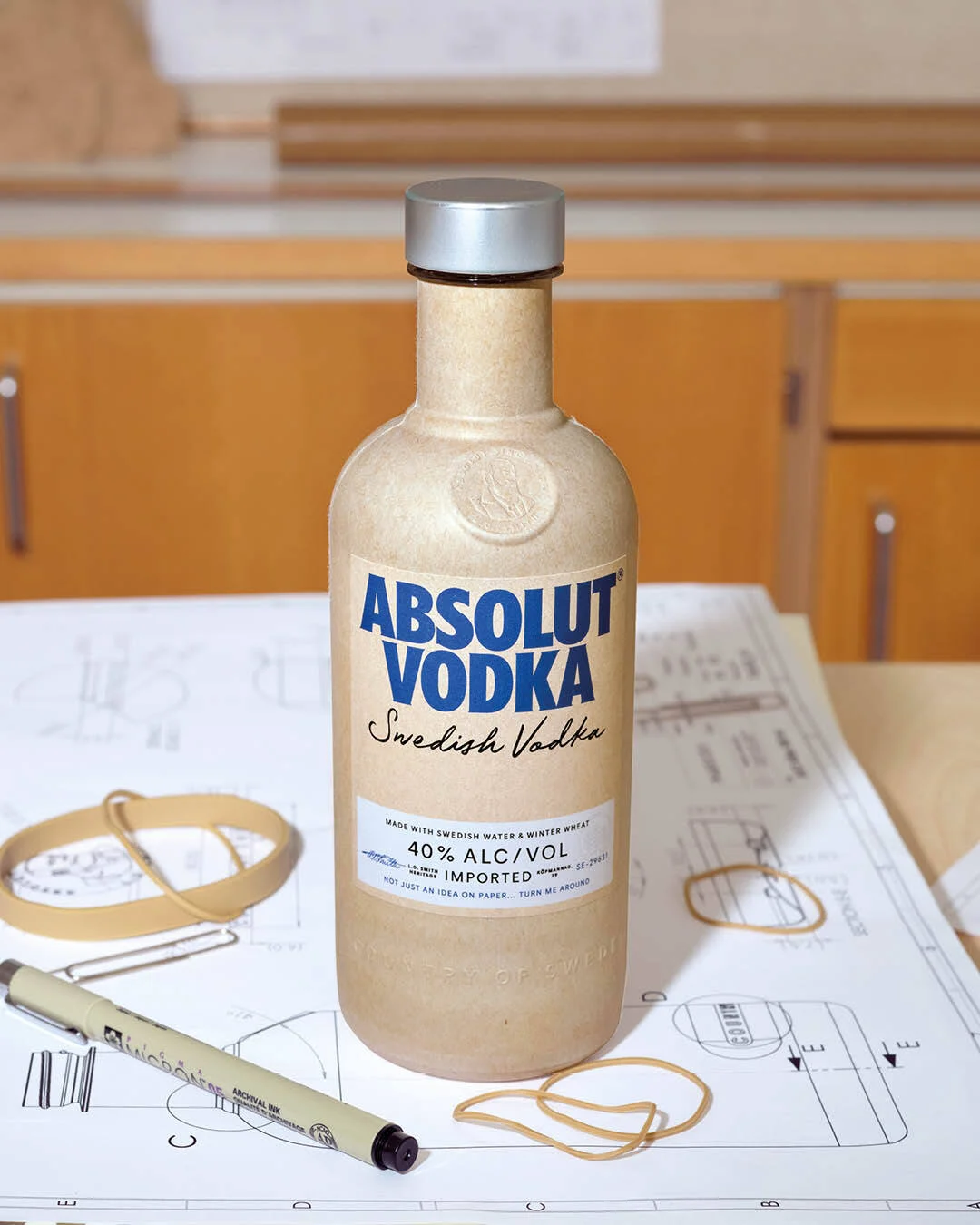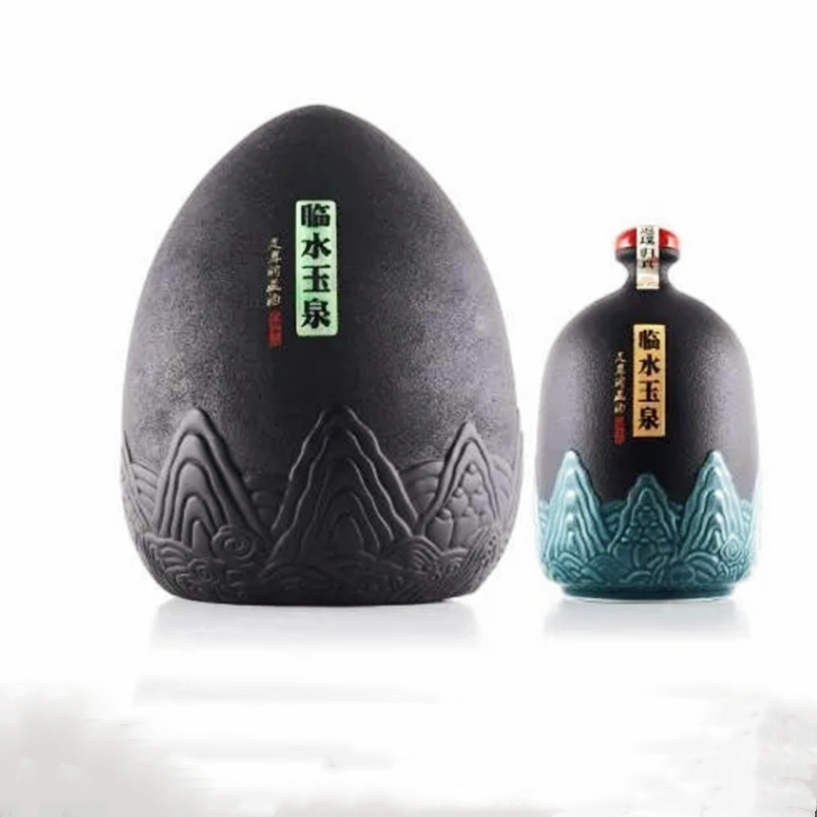



A new frontier in liquor packaging--Pulp molding industry
Driven by the global wave of sustainable development and the "dual carbon" goals, China's liquor packaging industry is undergoing an unprecedented material revolution. As a niche sector with an annual consumption of up to 9 billion units, the environmental transformation of liquor box inner trays not only concerns the reshaping of the industry's image but also triggers a restructuring of the industrial chain. Wuliangye Group's strategic decision to adopt pulp-molded inner trays has sparked a ripple effect across the entire liquor industry. This green transformation led by a leading enterprise is expected to complete an industry-wide iteration within the next 36 months. Its impact extends far beyond simple material substitution, involving a systemic upgrade in production technology, consumer experience, brand value, and even international competitiveness.
From a global perspective, pulp molding technology has long transcended the physical limitations of traditional packaging. By applying AI vision inspection systems and intelligent drying control technologies, using bamboo pulp and bagasse pulp as raw materials, industry-leading enterprises have achieved a 99% yield rate and a 12% reduction in energy consumption. After a decade of accumulation, China's pulp molding industry has seen its production capacity surge from the initial stage in 2015 to over 2 million tons by 2025, maintaining a high annual compound growth rate of over 15%. In the field of high-end liquor packaging, pulp molding products, through the addition of functional additives, have achieved composite properties such as antibacterial preservation, moisture resistance, and pressure resistance. Their protective performance has improved by more than 40% compared to traditional materials, fully meeting the stringent requirements of top-tier liquor companies like Moutai, Wuliangye, and Luzhou Laojiao for product protection.
Market data reveals deeper industry insights. The global pulp molding market is projected to exceed $30 billion by 2025. In the beverage packaging sector, China's pulp molding adoption rate has been surging, driven by a fundamental shift in consumer environmental awareness—67% of consumers are willing to pay a 5-10% premium for eco-friendly packaging. Wuliangye's strategic pivot comes at a strategic moment, aligning with mandatory sustainability requirements in key export markets like the EU while preemptively capturing Generation Z's growing preference for green consumption.
Technological innovation and industrial chain synergy are creating new value spaces. The "China Bamboo Capital" industrial cluster developed by Chishui City perfectly integrates bamboo pulp molding with wine culture, developing innovative packaging that combines Eastern aesthetics with environmental protection. The bamboo pulp molded inner trays, using movable type printing technology, not only achieve an environmental benefit of 30% carbon reduction but also become a new carrier for brand culture dissemination. This dual-drive model of "material revolution + cultural empowerment" ensures that the increased packaging costs are fully offset by brand premium, with some high-end products even achieving over 20% value-added improvement. New entrants to the track have built intelligent production lines, compressing the traditional 7-day production cycle to 48 hours, completely solving the bottleneck issue of production capacity ramp-up.
From an industrial economics perspective, this transformation will reshape value distribution in the packaging industry. While pulp molded inner trays cost 15-20% more per unit than EPS foam, their total lifecycle costs decrease by 8-12% due to improved space utilization in warehousing and transportation, along with reduced recycling and disposal expenses. Crucially, as industry leaders establish vertically integrated supply chains, raw material price volatility risks are effectively hedged. The cost curve continues to decline through economies of scale, with parity to traditional materials expected to be achieved by 2026-2027. This structural cost advantage forms the fundamental rationale behind Wuliangye's bold full-scale transformation.
The international competitive landscape has thus undergone subtle changes. Relevant data shows that China's pulp molding exports surged by 79.4% year-on-year in the first eight months of 2025. The demand for bamboo pulp molding inner liners manufactured in China is particularly strong in Southeast Asian and European markets, which also provides export-oriented liquor companies such as Moutai and Jian Nan Chun with a solution to break through green trade barriers. Among the global pulp molding patents, China's share has increased from 19% in 2020 to 34% in 2025, forming patent barriers in key technical areas such as waterproof treatment and rapid prototyping. This compound advantage of "technology export + standard setting" is changing the position of China's packaging industry in the international value chain.
Viewed from a macro perspective, this transformation embodies profound industrial philosophy. When wine corks evolve from mere protective accessories into cultural carriers and eco-friendly declarations, their value creation logic undergoes fundamental changes. Pulp molding not only addresses white pollution but also redefines tactile experiences through fiber textures and natural patterns. This expansion of "sensory marketing" opens new frontiers for brand differentiation. According to brand valuation agencies, top-tier wine companies adopting eco-friendly packaging achieve an average 22% increase in ESG scores, directly driving capital market valuations up by 5-8 percentage points.
The vision of the future is gradually becoming clear. With the global implementation of the "Resolution to End Plastic Pollution," pulp molding will shift from an optional solution to a mandatory one. The green barriers built by leading liquor companies will force competitors to follow suit within 24 months, and this "catfish effect" will accelerate the technological diffusion across the entire industry. The deep application of intelligent manufacturing will further lower the threshold for personalized customization, making flexible production of small batches and multiple varieties possible. When 9 billion inner trays of liquor boxes complete their green transformation, not only will 150,000 tons of plastic waste be reduced, but the value coordinates of China's manufacturing will also be reshaped—from cost advantage to technological advantage, from scale-driven to value-driven, and from imitation to standard leadership. This quiet material revolution will ultimately mark the beginning of high-quality development for China's liquor industry.